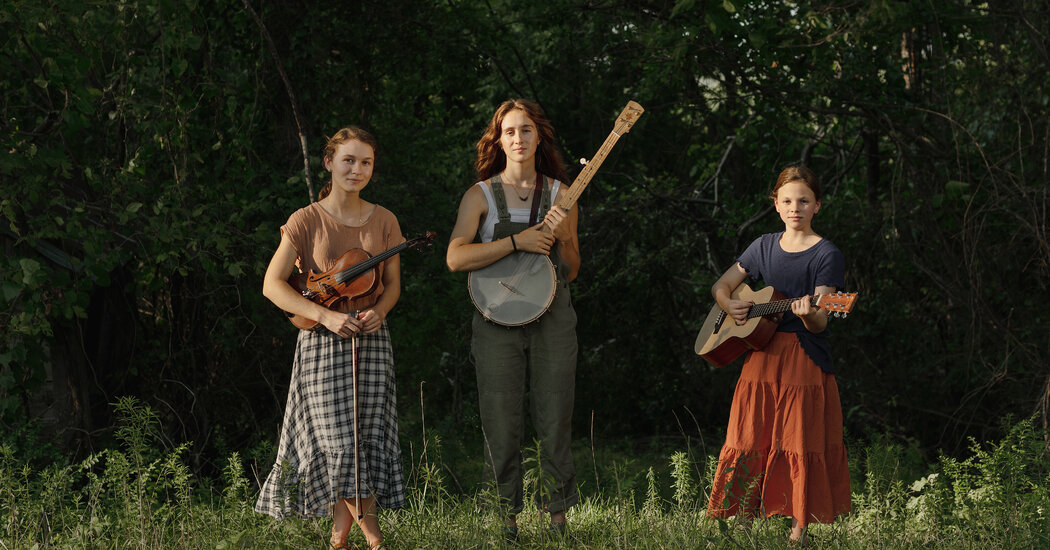A merciful evening breeze kicked up, swatting away the Arkansas heat and giving wing to the melodies coming from two of the gazebos in the grassy park. In the larger one, a dozen people were playing the last strains of “Barbry Allen” on fiddles, mandolins, guitars, a stand-up bass, dulcimers, banjos and even a dulci-banjo.
A pretty tune I did not recognize drew me over to the smaller group. But I never got to ask what it was because, just as I approached, they stopped. Then their fiddler lowered his instrument and, in a clear, bold bass, started singing “I’ve Been Everywhere” — all of it, even the often neglected opening verse that name-checks Winnemucca. With the others playing along, he gave a performance Johnny Cash would have admired, no stumbles or stutters and not a single -burg, -ville or -ton forgotten.
I did wonder, though, why he hadn’t thrown in “Mountain View” — the town we were in that evening — not only because it would have fit so nicely with “Baraboo, Waterloo, Kalamazoo,” but also because I suspected that he, like me and a lot of other people in that park, had gone to some effort to get there.
Crafts and characters
All the roads to Mountain View, the seat of Stone County, in the Ozarks of northern Arkansas, are two-lane and twist through towns with names like Pumpkin Bend, Grubbs, Fifty-Six and Oil Trough. The last of these, a settlement beside the White River, traces its appellation back to the early 19th century, when hunters and trappers there used hollowed logs to render bear fat into lamp and cooking oil.
Those roads are all paved now, though that wasn’t the case until the 1970s. Mountain View wasn’t electrified until the 1930s, and didn’t get much radio until after World War II. Even decades later, it still lacked certain basic amenities — an absence that eventually played a part in the creation of the attraction that today brings many people to Mountain View for the first time: Ozark Folk Center State Park.
It’s not exactly on the way to anywhere. “You have to really want to come here,” Keith Symanowitz, the park’s promotions director, said. Even so, some 90,000 people do every year.
The center, which turned 50 this year, is singular among Arkansas’s 52 state parks in that its draw is not landscape and nature. “Our resource here is the people,” Mr. Symanowitz explained. “Our mission here is to perpetuate, present and promote the Ozark way of life.”
They do so by giving the people of…
Click Here to Read the Full Original Article at NYT > Travel…
